Tyrol was also of great strategic importance for him, both because of the control of the Alpine passes and in the military conflicts with the Swiss Confederation and with France in Upper Italy.
Maximilian therefore particularly promoted the armories in Tyrol, which soon became the leading weapons producers of the time. He also had several weapon arsenals, so-called armories, built, which became necessary for modern warfare at that time. The knightly armies of the Middle Ages had become obsolete and had been replaced by mercenary armies. These landsknechts now had to be provided with equipment and weapons, which were stored in the armories until the event of war.
The armory in Innsbruck was the largest weapon depot in the entire Austrian hereditary lands. It was built between 1500 and 1506 on the then open grounds along the Sill river. The artillery – the showpiece of Maximilian's army – was stored in the halls of the ground floor, and the other military equipment was stored in the rooms above. Around the main building there were workshops and other businesses.
The armory was used as an armory barracks until the end of the Danube Monarchy in 1918. It was renovated in the 1960s and attached to the Tyrolean State Museums. Since 1999, the focus of the permanent exhibition has been on Tyrolean cultural history. Chronologically arranged, the arc spans from prehistory to the present.
The development of mining is illuminated as well as the religious wars of the 16th century or the conquest of the mountain space and the beginning of tourism in the 19th century. The division of Tyrol in the 20th century and the creation of the "Euroregion Tyrol" are also discussed.
The museum's collection is vividly prepared and clearly presented, making it an experience for everyone! Guided tours, special exhibitions, and numerous special events round off the program. The armory is open from Tuesday to Sunday from 9 am to 5 pm.







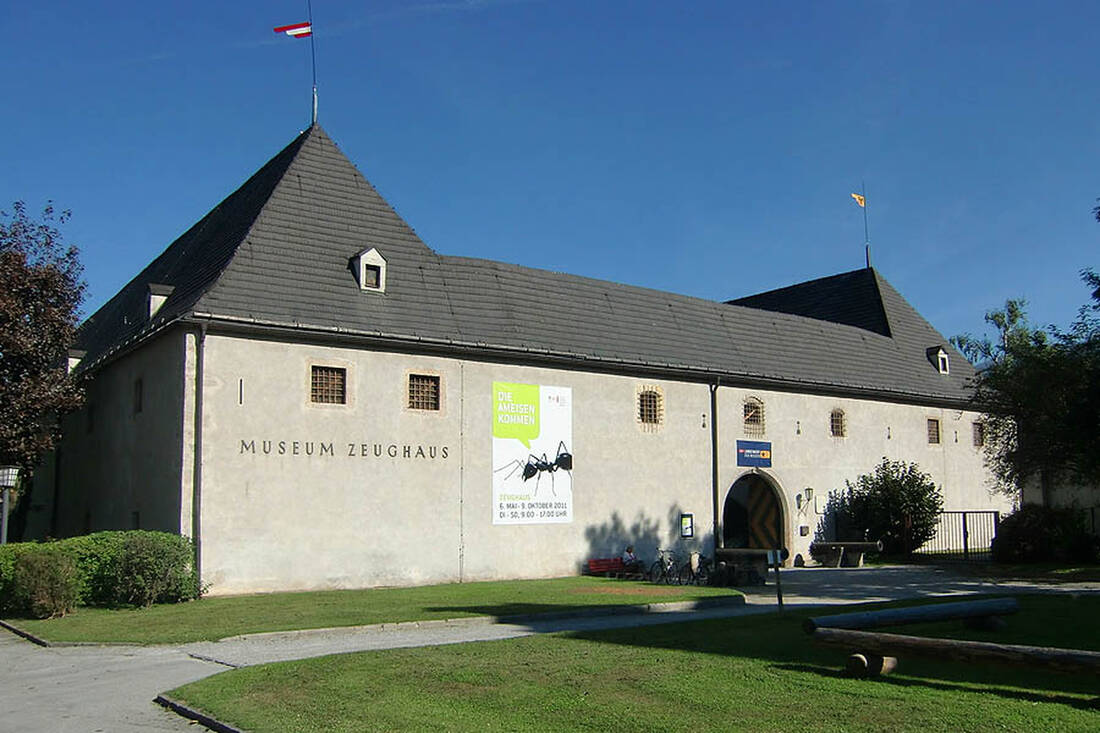
 How do you like the content of this page?
How do you like the content of this page?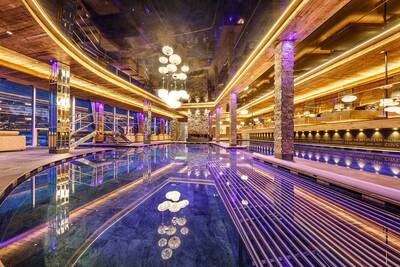
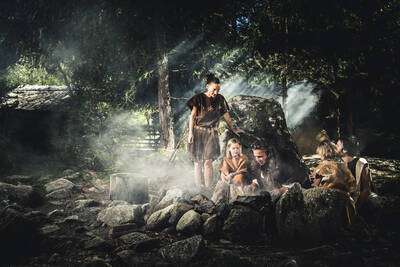
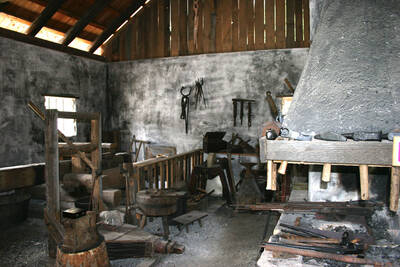
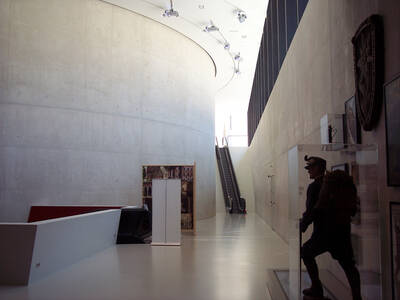
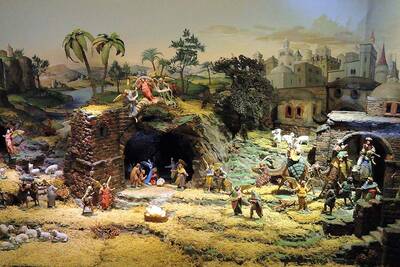

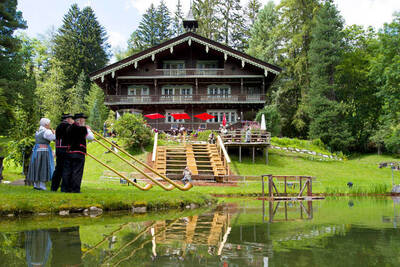
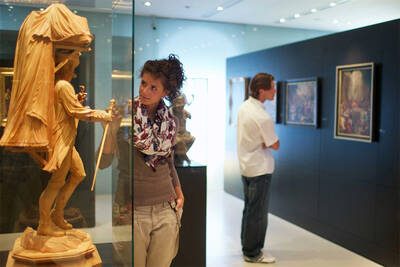

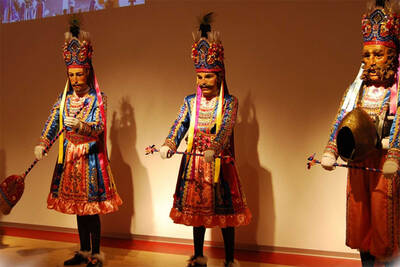
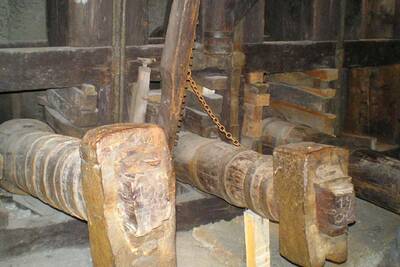
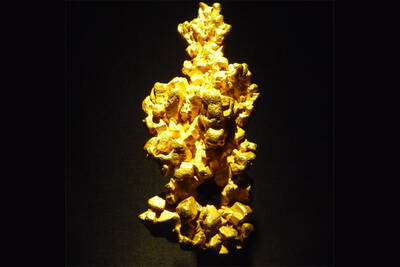
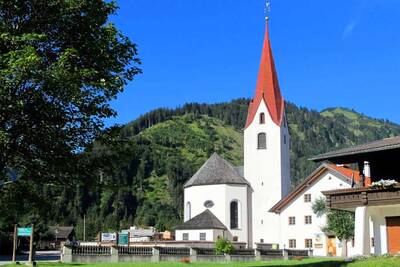
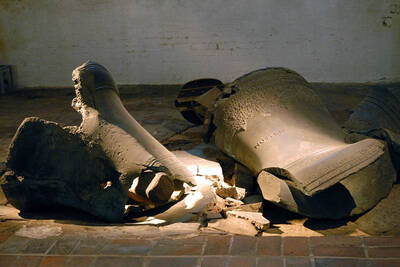
 More infos…
More infos…